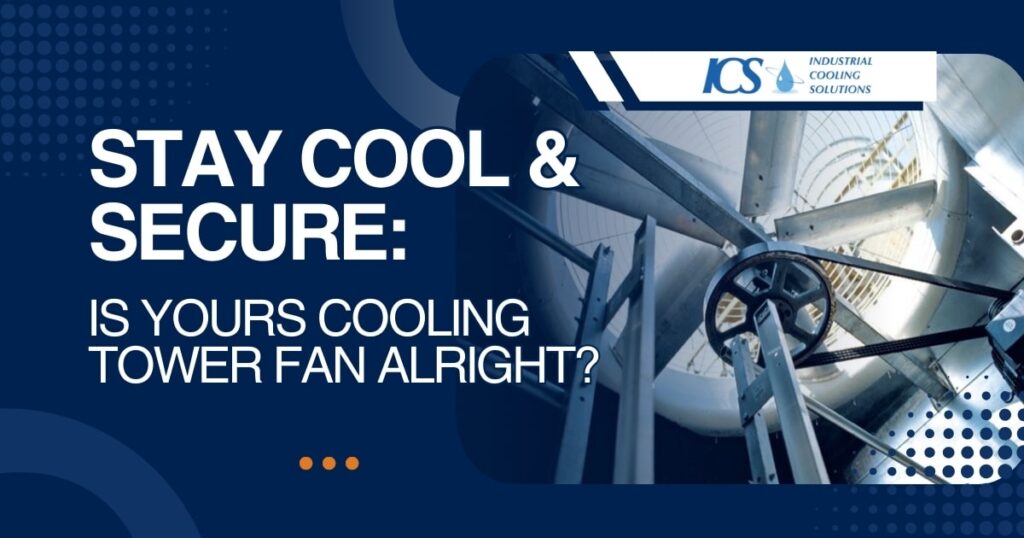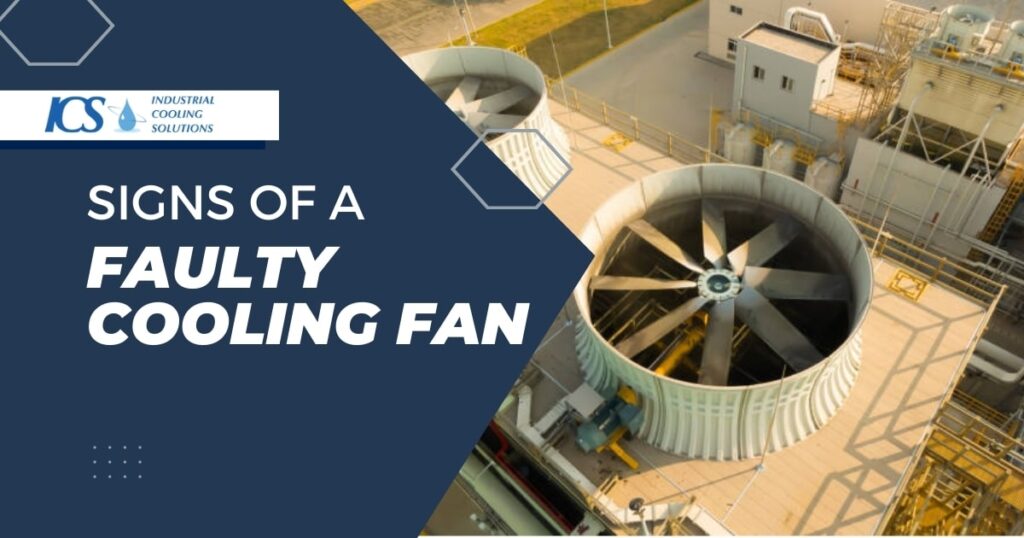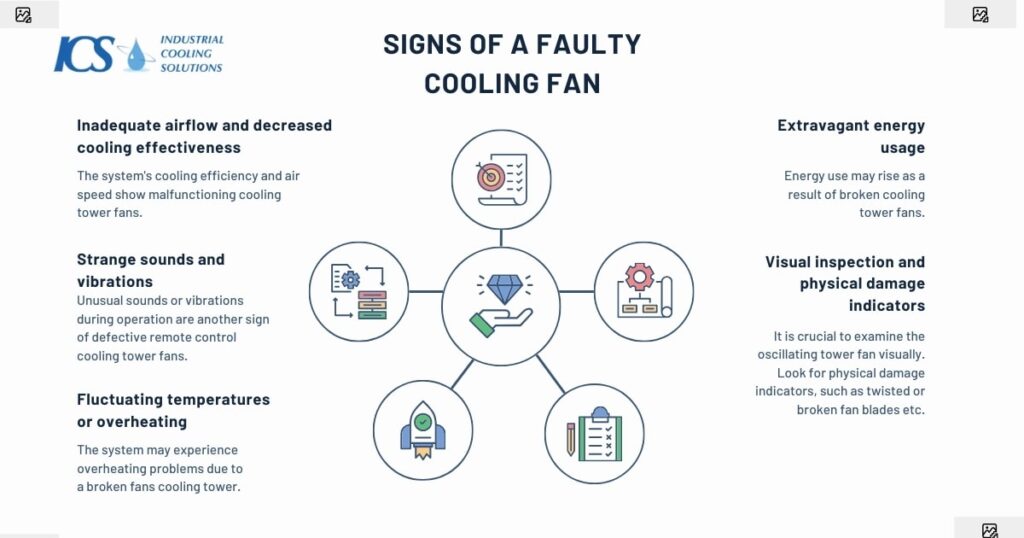Halo, dan selamat datang kembali di blog Industrial Cooling Solutions, Inc. Dengan berakhirnya musim panas dan musim gugur yang semakin dekat, menara pendingin di seluruh negeri akan menghadapi masalah yang menarik. Selama bulan-bulan musim semi dan musim panas, menara pendingin memanfaatkan panas lingkungan alami untuk memastikan bahwa semua cairan tetap dalam keadaan cair. Seperti yang kita ketahui (setidaknya kami berasumsi Anda mengetahuinya jika Anda membaca blog ini), menara pendingin bertanggung jawab atas mitigasi panas dalam aplikasi industri dan, sebagian besar, cenderung berfungsi dengan baik. Ketika panas keluar dari menara pendingin dan bercampur dengan air yang jatuh melalui bahan pengisi yang dirancang khusus, sebagian besar panas dikeluarkan dari sistem dan proses industri dapat dilanjutkan tanpa gangguan. Namun, apa jadinya bila suhu di luar mulai turun? Apa yang terjadi jika, tiba-tiba, nozel penyemprot yang terletak di dalam menara pendingin tidak dapat menyemprotkan air dengan baik karena sudah tertutup rapat. Dalam postingan hari ini, kami akan membahas pedoman pengoperasian cuaca dingin yang tepat terkait dengan menara pendingin dan apa yang dapat Anda, sebagai penggemar menara pendingin, lakukan untuk memastikan bahwa menara Anda beroperasi seoptimal mungkin ketika suhu memutuskan untuk menjatuhkan. Lanjutkan membaca di bawah untuk mempelajari lebih lanjut.
Cuaca Dingin Membawa Keadaan Khusus
Umumnya, cuaca dingin cenderung mengganggu banyak proses yang, selama cuaca hangat, berfungsi dengan baik. Untuk keperluan postingan blog ini, pertama-tama kami merasa perlu mendefinisikan apa yang dimaksud dengan “cuaca dingin” dalam kaitannya dengan pengoperasian menara pendingin. Untuk tujuan kami, kondisi pembekuan berkelanjutan terjadi ketika lebih dari 24 jam berlalu tanpa suhu bola basah melebihi 32°F. Hal ini dianggap sebagai pembekuan berkelanjutan karena, sayangnya, dalam kondisi cuaca seperti ini tidak ada titik di mana suhu lingkungan mencapai tingkat yang cukup tinggi untuk terjadinya siklus beku-cair. Jika hal ini terjadi, prinsip-prinsip tertentu harus diikuti untuk memastikan bahwa menara pendingin dapat menjalankan fungsi yang diharapkan dengan baik. Di bawah ini, kami telah mencantumkan prinsip-prinsip dasar ini.
• Saat mengoperasikan menara pendingin dalam kondisi cuaca dingin, jangan mengoperasikan menara tanpa beban panas dan, yang paling penting, jangan biarkan menara pendingin tetap beroperasi tanpa pengawasan selama beberapa hari dan mengalami suhu di bawah titik beku.
• Selalu pertahankan laju aliran air minimum atau lebih besar yang direncanakan pada media penukar panas menara pendingin, yang juga dikenal sebagai pengisian, setiap saat. Hal ini memastikan bahwa air selalu mengalir di atas media pengisi dan mengurangi terjadinya pembekuan air pada bahan pengisi.
• Jaga aliran udara yang baik dengan memastikan kipas menara pendingin berfungsi dengan baik. Hal ini berfungsi untuk menjaga suhu air di atas titik beku di semua bagian media pengisi, selanjutnya memastikan bahwa media pengisi tidak akan membeku setelah terpapar berulang kali pada suhu di bawah titik beku.
• Jika aliran air kondensor sistem yang diinginkan berkurang di bawah minimum, jumlah sel menara pendingin harus dikurangi pada saat yang bersamaan. Ini berfungsi untuk memastikan bahwa aliran air lebih besar atau sama dengan aliran minimum per sel.
• Produsen menara pendingin tertentu mungkin dapat memperluas persentase aliran minimum ke nilai yang lebih rendah dengan menggunakan ketentuan desain distribusi air sel internal tertentu yang dapat mengakomodasi aliran rendah dengan mengurangi area rencana aktif sekaligus menjaga interior menara pendingin industri tetap panas dan lembab.
Prinsip-prinsip ini akan berfungsi untuk memastikan bahwa menara pendingin industri dapat beroperasi sebagaimana mestinya terlepas dari kondisi atmosfer luar.
Terima kasih telah meluangkan waktu untuk membaca seri blog singkat kami tentang langkah-langkah yang harus diambil untuk memastikan menara pendingin industri Anda mampu bekerja secara optimal pada kondisi cuaca dingin. Jika Anda ingin mempelajari lebih lanjut tentang cara terbaik untuk memastikan menara pendingin Anda mampu bekerja selama kondisi cuaca dingin, silakan hubungi kami hari ini di Industrial Cooling Solutions, Inc. Kami memiliki rekam jejak dalam menyediakan menara pendingin terbaik pemasangan, bagian-bagian menara pendingin, seperti bilah kipas menara pendingin, poros penggerak, dan motor, serta layanan konsultasi. Hubungi kami hari ini dan lihat mengapa kami adalah nama tepercaya di industri menara pendingin industri.






